Ideal Seasons for Bathtub Installations
Bathtub installations are typically scheduled during specific times of the year to ensure optimal conditions and project efficiency. The most suitable period generally depends on local climate, project complexity, and contractor availability. In regions with mild weather, spring and early fall are often preferred for their moderate temperatures and lower humidity levels, which can facilitate better adhesion and curing of materials.
Spring and fall are considered ideal for bathtub installations due to favorable weather conditions that support proper curing and reduce delays.
Avoid scheduling during extreme cold or heat, as these can affect materials and installation quality, leading to potential issues later.
Off-peak months may offer more scheduling flexibility and potentially lower costs for installation services.
Planning ahead ensures availability of skilled installers and necessary materials, reducing the risk of delays.
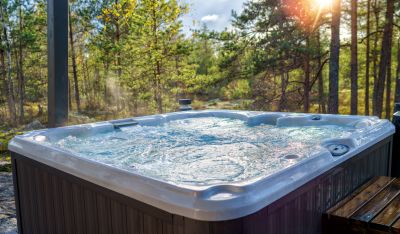
Spring offers moderate temperatures ideal for installation projects, reducing the risk of material issues.
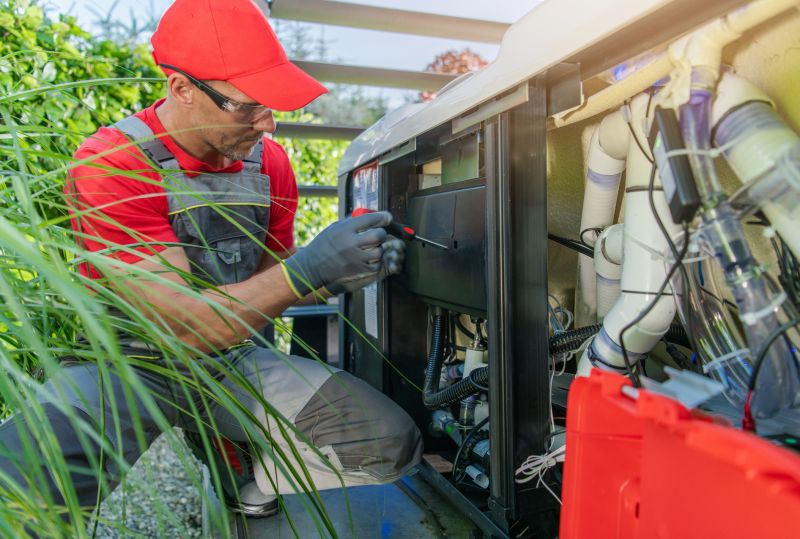
Summer can be challenging due to high temperatures, but with proper planning, installations can proceed smoothly.
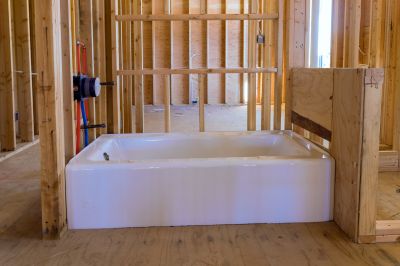
Fall provides cool, dry conditions conducive to efficient installation and curing processes.

Ways to make Bathtub Installations work in tight or awkward layouts.
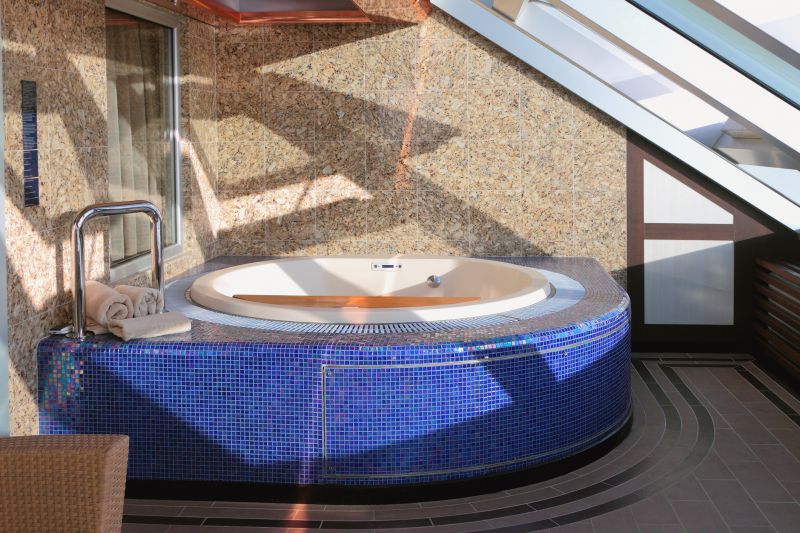
Popular materials for Bathtub Installations and why they hold up over time.
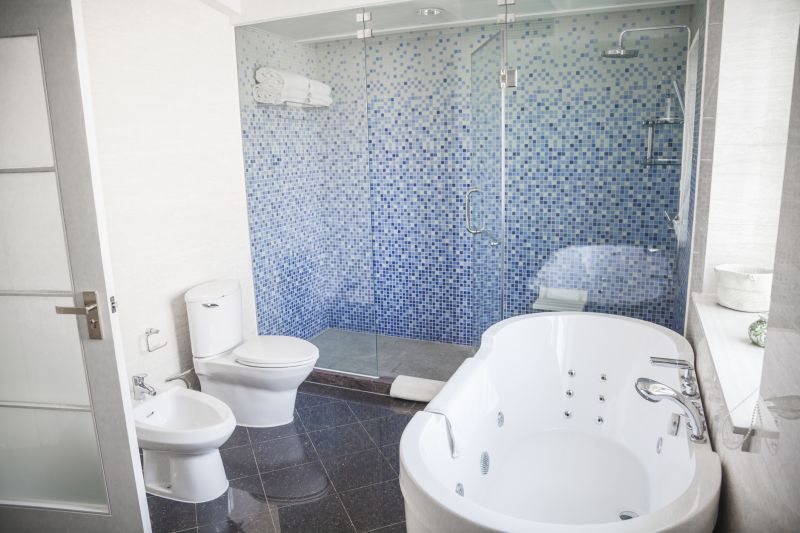
Simple add-ons that improve Bathtub Installations without blowing the budget.
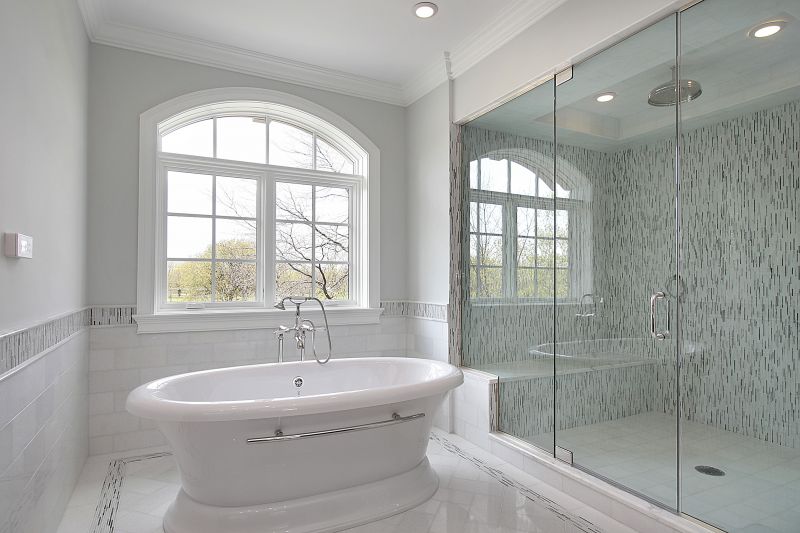
High-end options that actually feel worth it for Bathtub Installations.
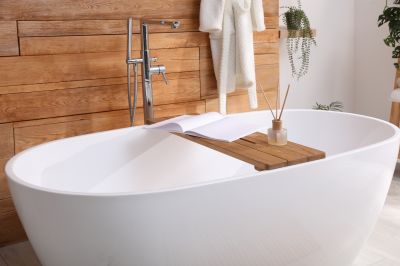
Finishes and colors that play nicely with Bathtub Installations.
Choosing the right time for bathtub installation can impact the durability and quality of the finished product. Proper scheduling ensures that materials perform as expected and that installation crews can work efficiently without weather-related interruptions. Additionally, planning during less busy seasons may lead to quicker project completion and potential cost savings.

A contemporary approach to installing bathtubs ensures a seamless fit and finish.
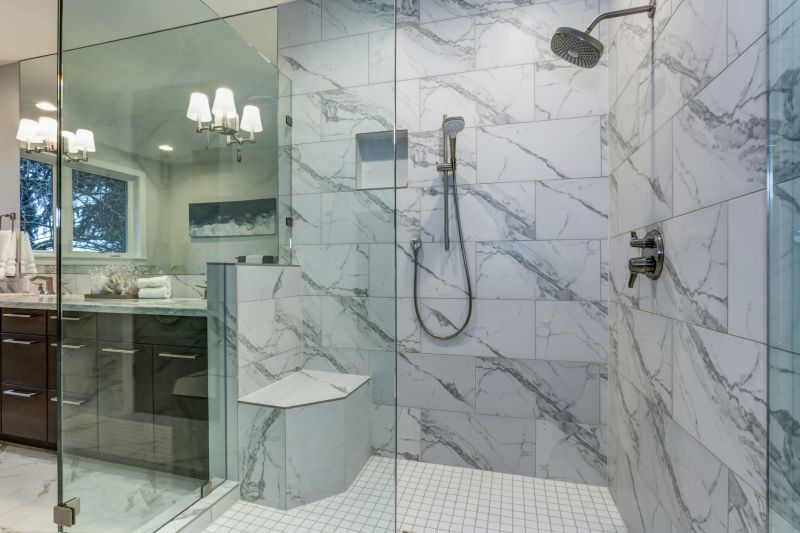
Proper timing allows for optimal adhesion of tiles and surrounds around the bathtub.
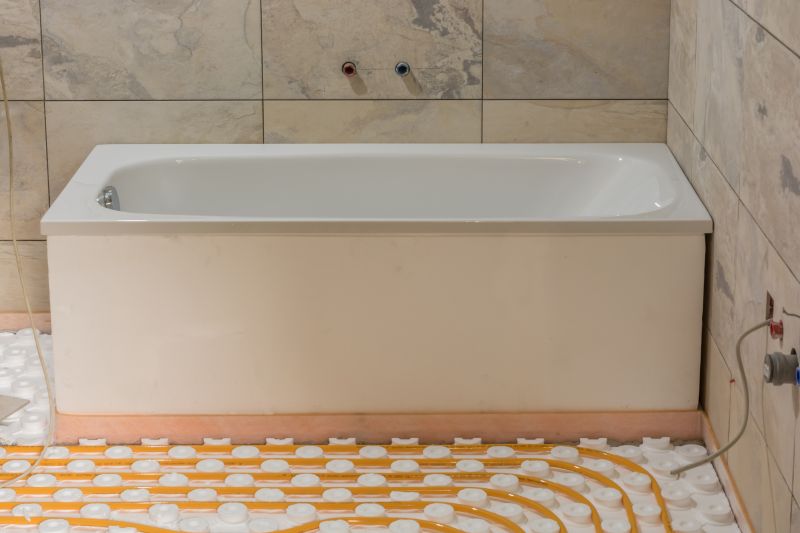
Preparing the space during suitable weather conditions helps avoid delays and damage.

A completed installation showcasing quality workmanship and attention to detail.
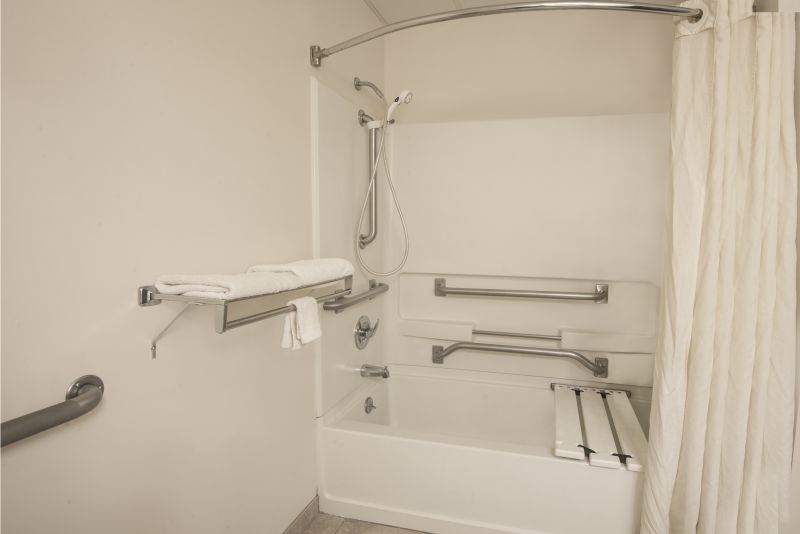
Little measurements that prevent headaches on Bathtub Installations day.
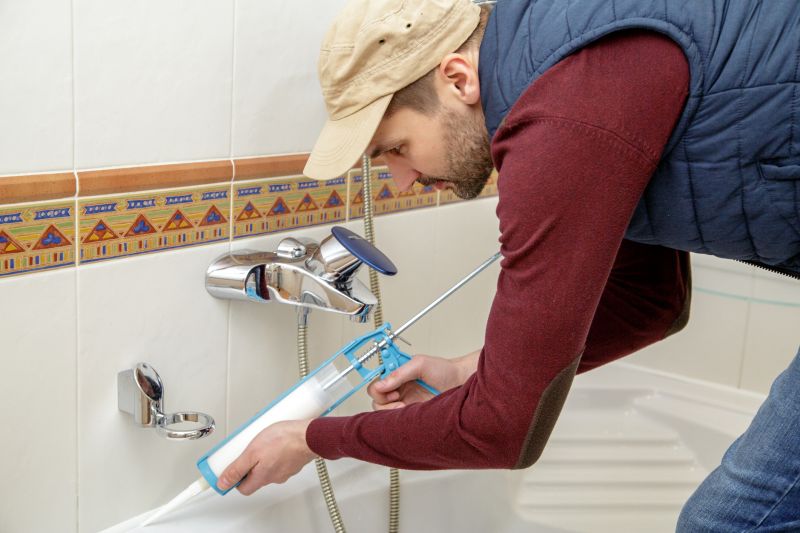
A 60-second routine that keeps Bathtub Installations looking new.

A frequent mistake in Bathtub Installations and how to dodge it.

Small tweaks to make Bathtub Installations safer and easier to use.
| Season | Advantages |
|---|---|
| Spring | Moderate weather supports installation and curing processes. |
| Summer | Longer daylight hours allow for flexible scheduling. |
| Fall | Dry, cool conditions ideal for setting materials. |
| Winter | Limited options due to cold temperatures and potential delays. |
Understanding the seasonal factors influencing bathtub installations can help in planning a successful project. Proper timing not only enhances the quality of the installation but also minimizes disruptions caused by weather conditions. Consulting with experienced installers can provide insights specific to the local climate and project requirements.
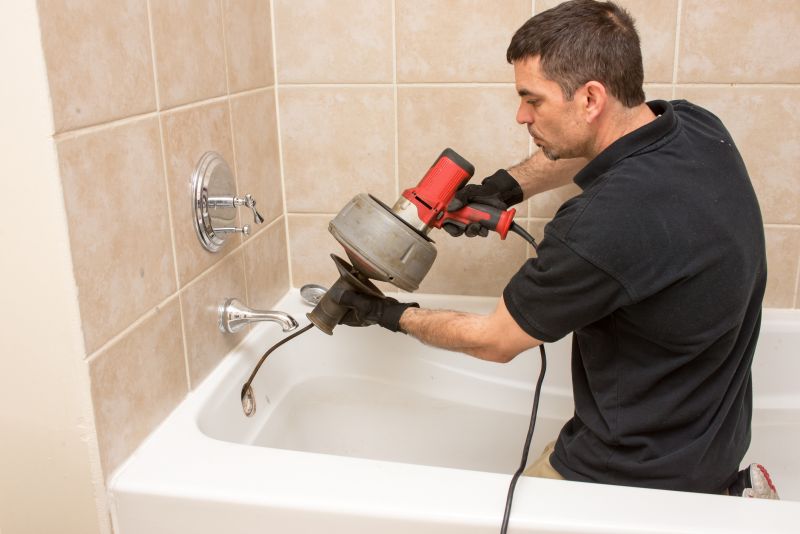
Step-by-step process ensuring a secure and durable setup.
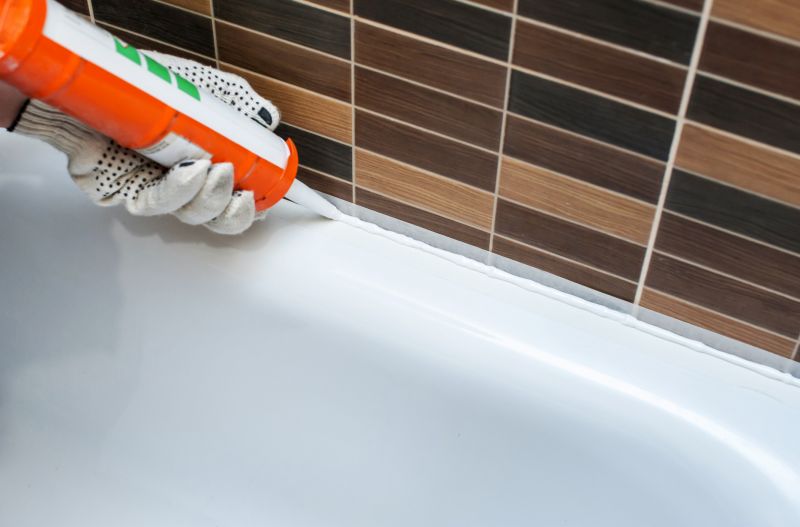
Proper sealing techniques are critical for preventing leaks and water damage.
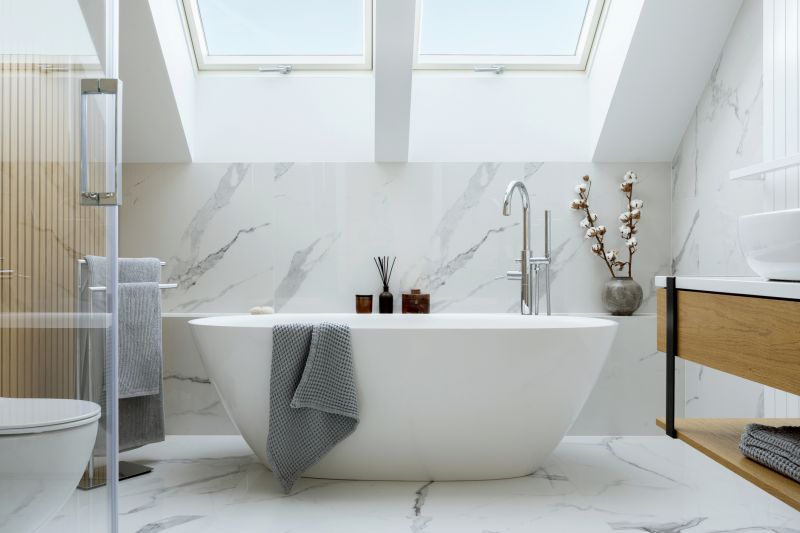
Tailored installations for unique bathroom layouts and styles.
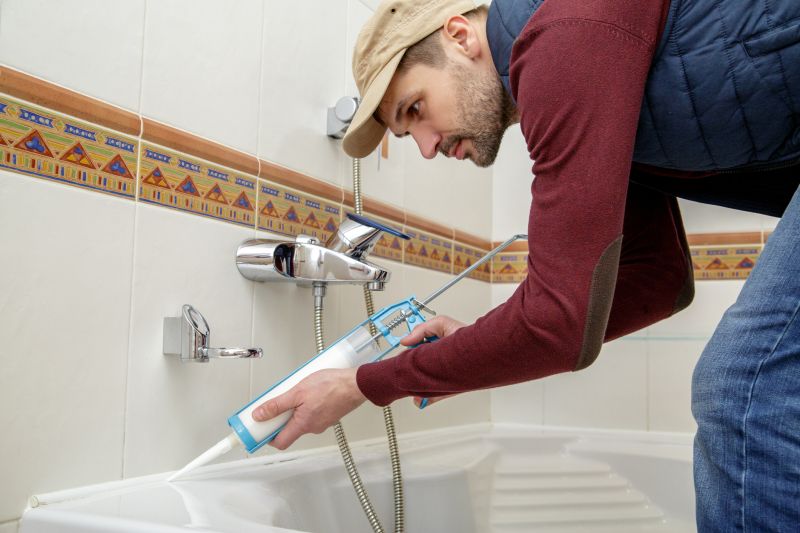
Ensuring all aspects meet quality standards before project completion.

Lower-waste or water-saving choices for Bathtub Installations.

The short, realistic tool list for quality Bathtub Installations.

Rough timing from prep to clean-up for Bathtub Installations.
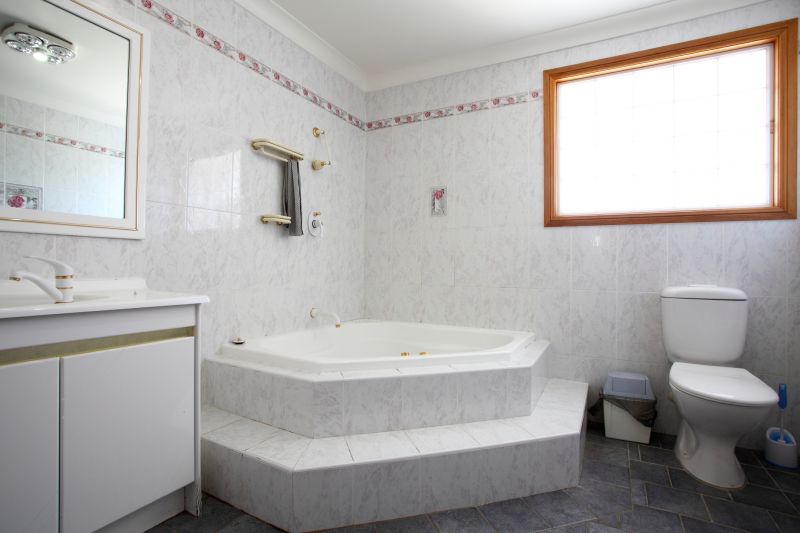
Quick checks and paperwork to keep after Bathtub Installations.
Interested in scheduling a bathtub installation? Filling out the contact form provides an opportunity to discuss project timelines and ensure the best conditions for a successful installation. Proper planning and timing are key to achieving long-lasting, high-quality results.

